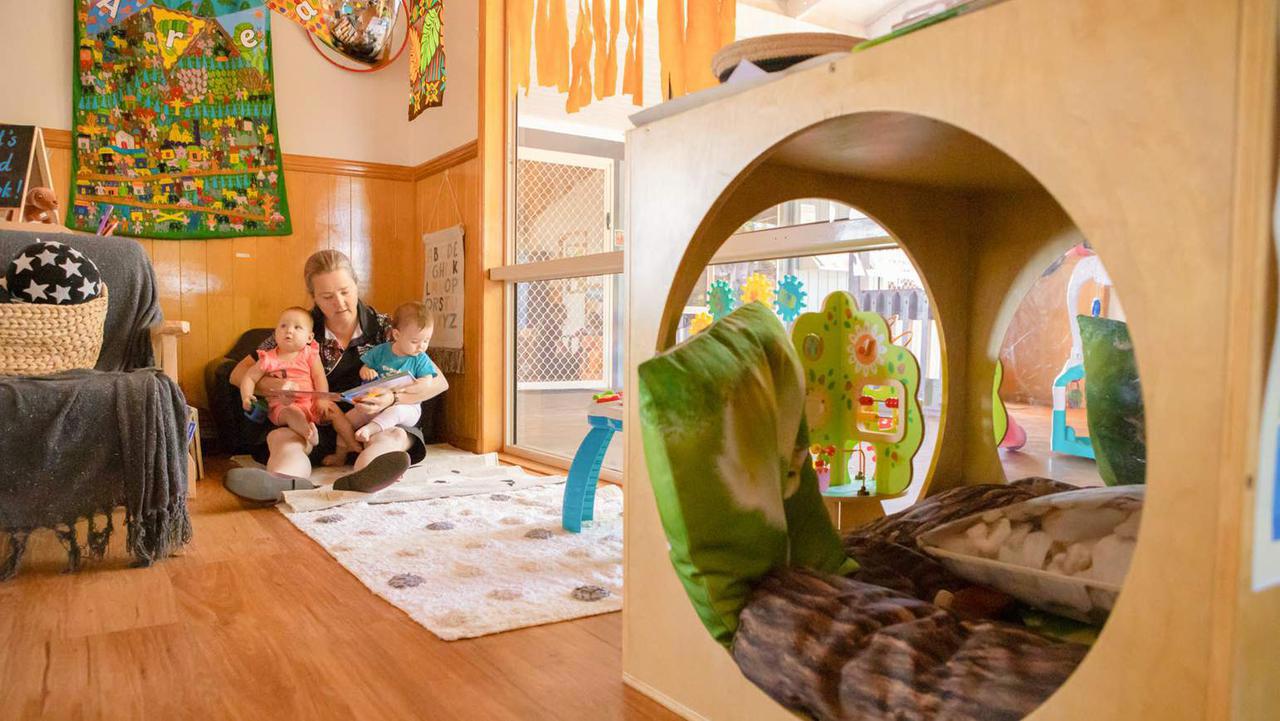
Giving up a day nap can be a bittersweet milestone for parents, as it might make bedtime earlier and improve the quality of sleep at night, but it can also mean losing a moment to yourself during the day and realising your little baby is growing up. The age children are when they give up their day nap will depend on each child’s individual sleep needs, which can vary widely in the early years, which often gets parents wondering, ‘when do toddlers drop their nap?’
If this is you, read on to find some answers - this article provides a brief overview on when toddlers stop napping and the reasons behind this, so that you can feel prepared for this time of adjustment when it comes.
Sleep needs
Children’s sleep needs change as they get older, but also vary between individual children within an age group. You’ll probably already have an idea of roughly how much sleep your child needs, and whether they have high sleep needs or low sleep needs, and this will impact when your child needs to drop their day nap. Sleep needs take into account how much sleep kids need over a 24 hour period, including their day nap, so how this looks for each family will be different - and that doesn’t matter as long as your child is getting the recommended hours of sleep for their age group.
Here are the common sleep needs for each age group:
- 1-2 years: 11-14 hours
- 3 to 5 years: 10-13 hours
- 6 to 12 years: 9-11 hours
Is my child ready?
Understanding your child’s sleep needs will help you to know when to stop the day nap. When a child goes through a developmental leap their sleep needs might change (usually lowering), and you will need to adjust their sleep schedule accordingly to optimise quality sleep overnight.
Their sleep needs might have reduced if you notice some of these signs:
- Difficulty being put to sleep during the day - takes a long time or their usual method stops working
- Going to sleep very late, or bedtime becomes a struggle
- Waking frequently overnight, or staying awake for hours during the night
- Waking very early in the morning
Because sleep needs are calculated over 24 hours, if your child has particularly low sleep needs, you might drop a nap in the hopes they continue having the same number of hours of sleep in 24, but that all sleep hours take place overnight.
This is also why the age when kids stop napping varies so greatly, because a child with low sleep needs may be ready to drop their nap at 18 months, whereas a child with high sleep needs may only be ready to drop their day nap at 5 years old; however, the average age is between 3-4 years old.
Period of adjustment
Even if your child is completely ready to stop having a daytime nap, they will go through a period of adjustment where they might appear very tired and cranky – it’s a lot to go from having 6-7 hours awake, to 12-13 hours straight awake. If your child only has one short day nap you can cut day sleep ‘cold-turkey’, but if they nap from 1-3 hours during the day, you could try weaning their nap time down slowly before cutting it out completely.
It takes time for kids' bodies to adjust to a new sleep schedule, as they’ll need to either get used to less sleep in a 24 hour period, or adjust to having the sleep that used to be allocated to their day nap overnight instead. This process can take up to three weeks, so the key is to remain consistent and persistent, and trust that they will catch up in time.
Children will need extra patience and support over these weeks, so try to start the transition at a time when your child isn’t going through other major changes, and plan for plenty of downtime. If your child is in childcare, you can learn about how your childcare centre can support you with dropping the day nap here.
And finally, here are some more tips for creating a smooth transition:
- During this time avoid ‘sleepy’ activities in the afternoon, such as long drives
- Keep up safe sleep practices and sleep hygiene to optimise results
- Stay consistent with wake-up time and bedtime so that they will adjust to the new routine quickly
- If your child’s sleep pattern and mood does not improve after a consistent approach, try again in a few weeks/months or contact a sleep consultant.
There is no one-size-fits-all approach to when toddlers stop napping, so try to follow your child’s cues, allow plenty of time for the transition to take place, and be patient with yourself and your child as you go through this change together.
To find a childcare centre near you that can support your child through this and many other important life developments, search Toddle - the largest childcare database in Australia.